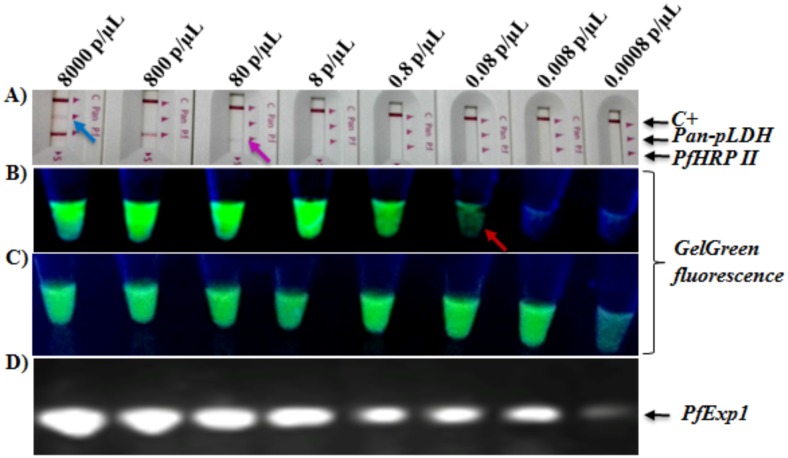Fig 6. Detection limit of RT-LAMP assays using infected whole blood lysates.
A). P. falciparum-infected blood (8000 parasites/μL) was serially diluted by ten-fold with uninfected whole blood, and 5 μL of each diluted blood sample were also analyzed by RDT for presence of the P. falciparum species-specific antigen, PfHRP2, and/or positivity for the genus-specific pLDH antigen (pan-pLDH). The parasite densities (parasites/ μL blood) in the tubes prior to testing by RDT are indicated above each reaction tube. C+: RDT positive control band.Blue and purple colored arrows mark the detection limits of the P. falciparum-specific (PfHRP II) and pan-Plasmodium (pan-pLDH) antigen detection RDTs, respectively. B) RT-LAMP assays with 2.5 μL whole blood lysates (10 μL sample in 490 μL lysis buffer) of each sample in the dilution series showing a detection limit of 0.08 parasites/ μL for the whole blood RT-LAMP method (Red arrow). C) RT-LAMP assays with 2.5 μL extracted RNA (from 2 mL blood volume) from each tube in the dilution series showing a detection limit >0.0008 parasites/ μL for the extracted RNA-based RT-LAMP method. D) RT-PCR with2.5 μL extracted RNA (from 2 mL blood volume) from each tube in the dilution series showing a detection limit >0.0008 parasites/ μL for the extracted RNA-based RT-PCR method. Data is representative of the lowest limit of detection obtained from five replicate experiments at different diluted parasite density ranges.

